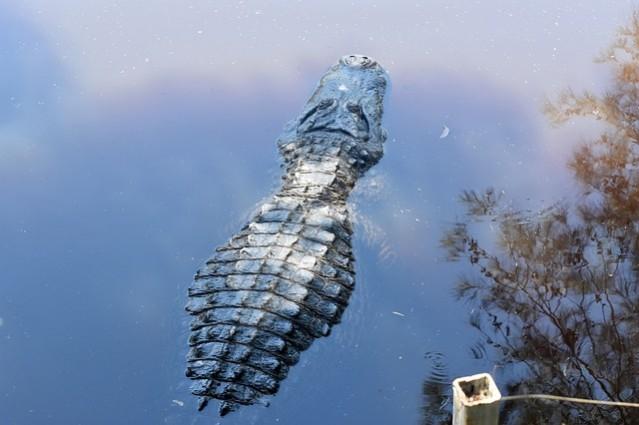
A 180-million-year old fossil has shed some light on the evolution of crocodiles.
The fossil creature, which is known as Magyarosuchus fitosi, was unearthed in Gerecse Mountains in north-west Hungary in 1996 and was then stored at a Budapest museum.
Researchers say that some Jurassic-era crocodiles had heavy, bony armour protecting the backs and bellies, while others had dolphin-like tail fins and flippers. Till now, researchers didn't have any evidence to form a link between these two types of crocodiles.
Luckily, scientists can now say that Magyarosuchus fitosi, which had both the heavy armour and fin tail, falls somewhere between these two groups.
Initially, while studying the fossil, paleontologists noticed that one of the vertebrae looked unusual and after a closer look they found out that it had formed part of a tail fin, according to independent.co.uk.
Researchers believe that the creature was one of the biggest coastal predator during the Early Jurassic epoch. It would have been about 16 foot long – the same size as an average male saltwater crocodile today, according to Dr. Mark Young from the University of Edinburgh, who studied the specimen with his colleagues from Hungary and Germany.
In the study that was published on May 10, in in the journal PeerJ.
















